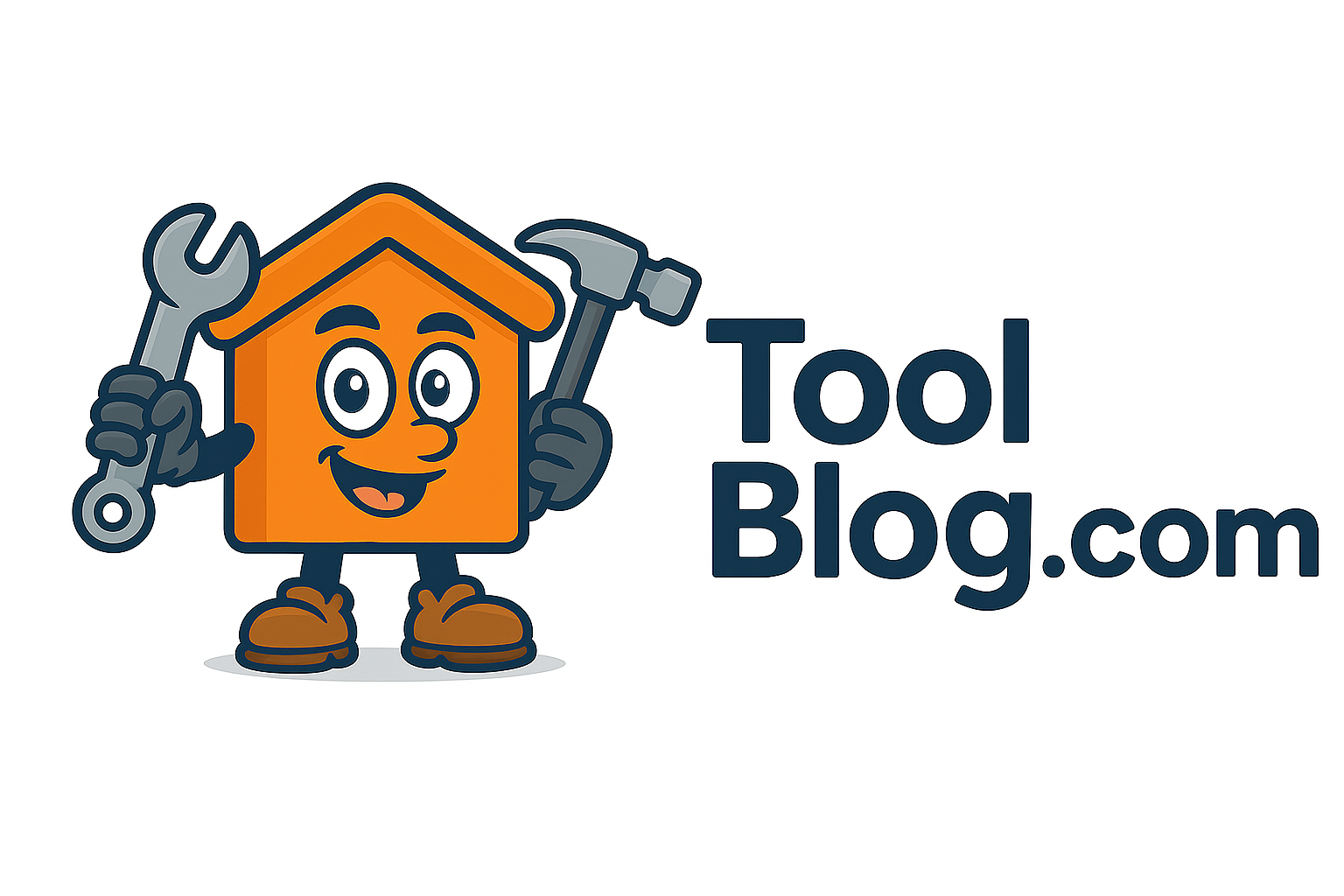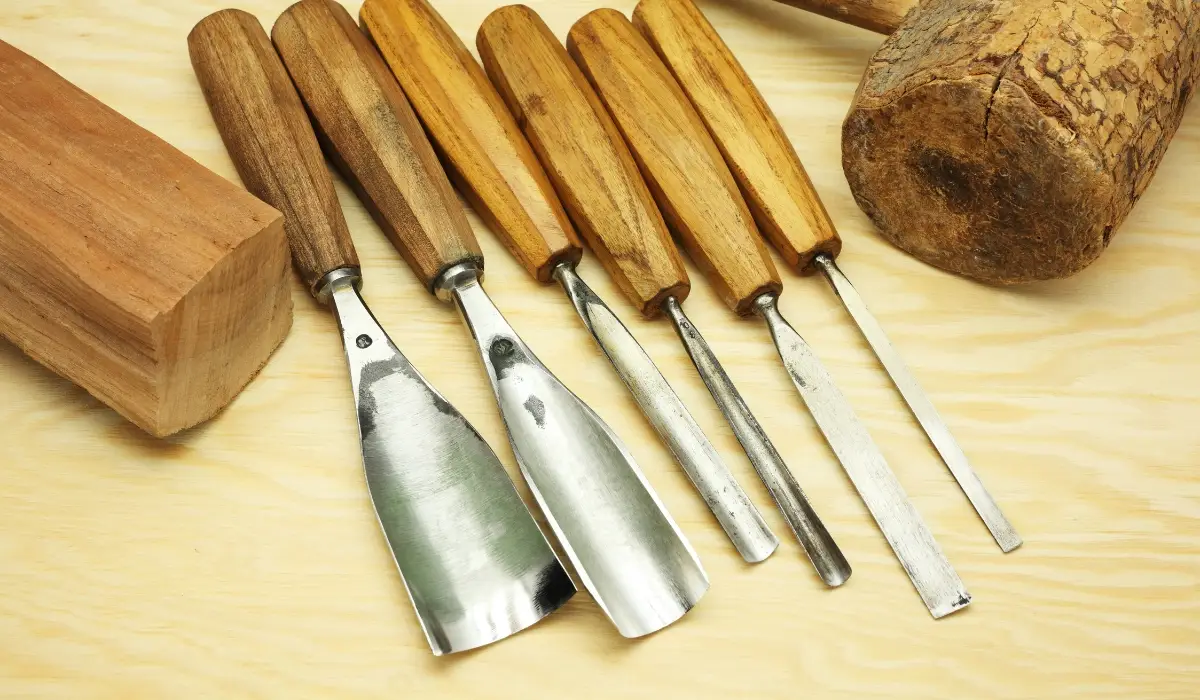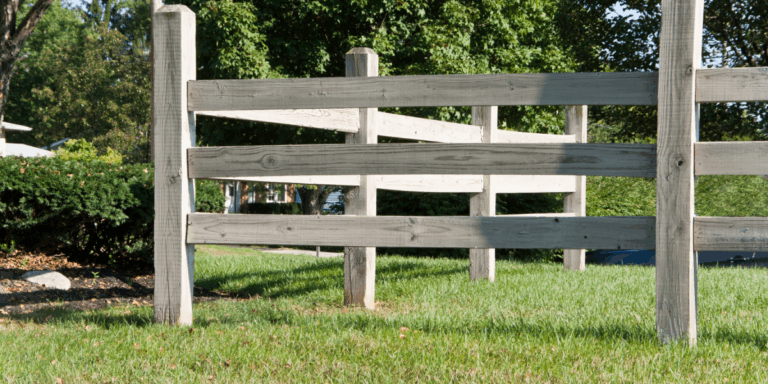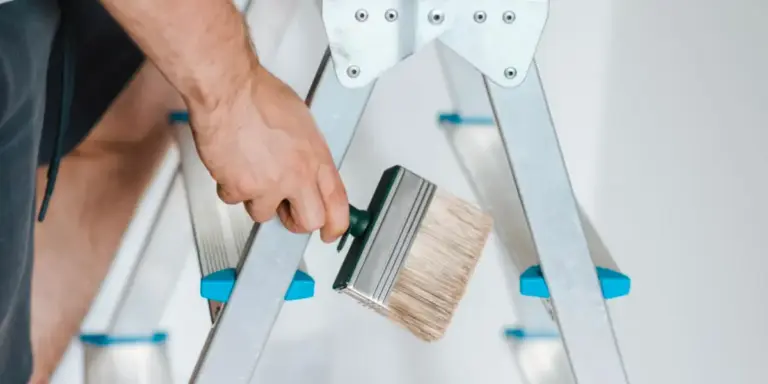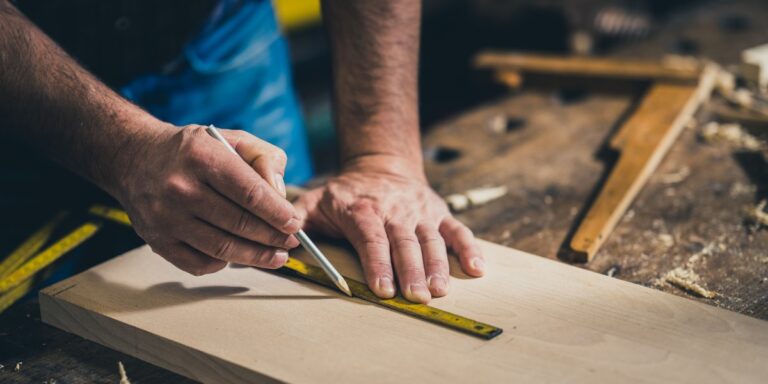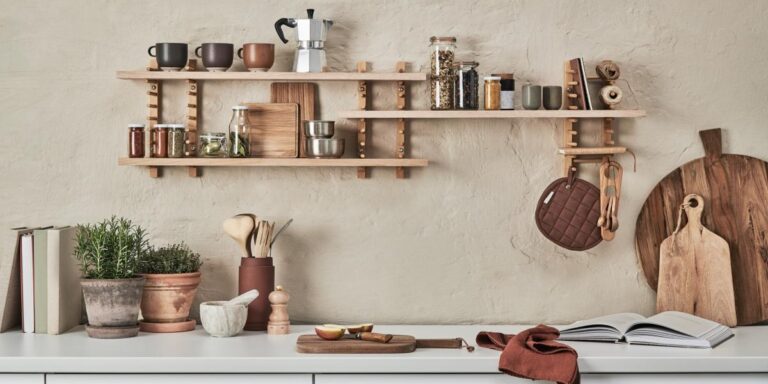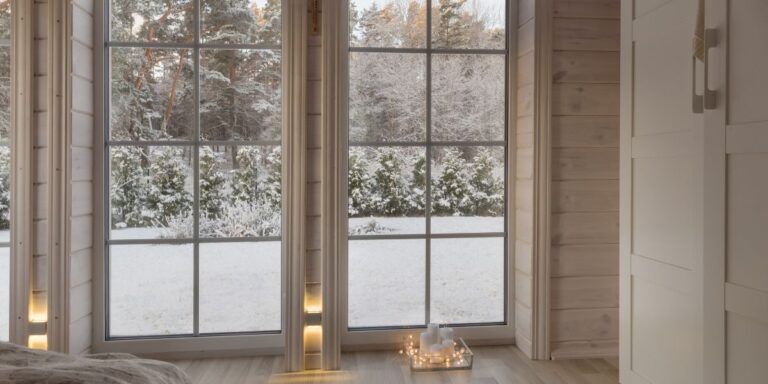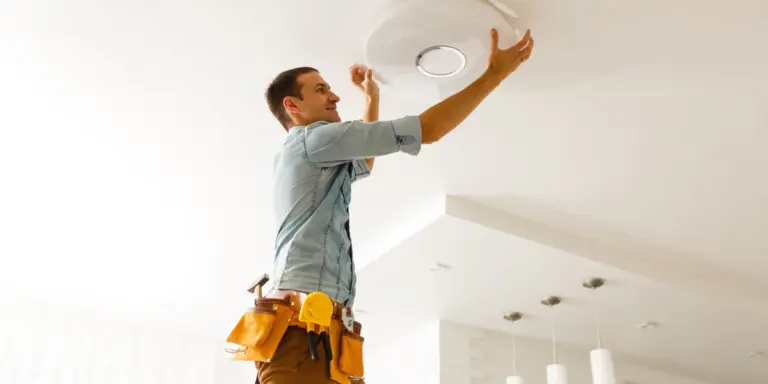Create a Home Tool Kit on a Budget
A well-stocked tool kit doesn’t have to drain your wallet. When I decided to get serious about DIY around the house, I knew I needed tools I could rely on—but I also had to be smart with my money. That led me to figure out how to create a home tool kit on a budget. Whether you’re a beginner or someone looking to replace or upgrade what you have, there are countless ways to build a capable and efficient toolkit without breaking the bank.
I’ll share what tools made it into my kit, why they’re important, and how I managed to find everything without spending a fortune. If you want to create a home tool kit on a budget, this guide will walk you through every essential step—from what to buy first to how to keep costs down while building your collection over time.
Focus on Core Tools First
Before grabbing every shiny gadget on the shelf, I focused on the essentials. There’s no need to buy everything at once. The key is starting with a solid base of multi-purpose tools that cover most home maintenance and repair needs.
The first items I picked up included:
- A claw hammer
- A 16-foot measuring tape
- A utility knife with spare blades
- A Phillips and flathead screwdriver set
- A pair of pliers
- An adjustable wrench
Each of these tools serves a wide range of purposes—from hanging shelves and tightening bolts to cutting through packaging and assembling furniture. By prioritizing these core pieces, I was already halfway there. This basic selection is the foundation when you want to create a home tool kit on a budget.
Buy Multi-Use Tools
Tools that can handle more than one job are worth their weight in gold when you’re trying to save money. Instead of buying a complete socket wrench set right away, I picked up a multi-bit screwdriver that had interchangeable heads. It allowed me to work on different types of screws without needing separate tools.
Another great investment was a multi-tool with pliers, a knife, scissors, and a file built in. It became my go-to for small, quick fixes when I didn’t want to pull out a full-sized tool. These compact, versatile tools cost less and take up less space—ideal when trying to create a home tool kit on a budget.
Shop Secondhand or Borrow Before You Buy
One of the smartest moves I made early on was checking out secondhand stores, garage sales, and community marketplaces. You’d be surprised how many people sell barely-used tools at a fraction of the cost.
At a local flea market, I found a nearly new cordless drill for less than half the retail price. It only needed a new battery, which cost me less than $20 online. That one find saved me close to $50 and gave me a reliable power tool that’s been with me ever since.
Another tip: before buying an expensive or rarely used tool, I ask friends if they have one I can borrow. This helped me try out a few brands before deciding what to invest in long term. If you’re determined to create a home tool kit on a budget, secondhand finds and loaned tools are your best friends.
Start with Manual Tools, Then Add Power
While it’s tempting to jump into power tools right away, I found that manual versions do the job just fine for most tasks. A handsaw, for instance, cost me under $15 and handled all of my basic cutting needs until I was ready to upgrade to a jigsaw later.
The same goes for screwdrivers, wrenches, and hammers. Manual versions are cheaper, don’t require charging, and teach you technique and control. Over time, I gradually added budget-friendly power tools like a drill/driver combo and a detail sander—but only after I had the basics covered.
To create a home tool kit on a budget, don’t feel pressured to go electric right away. Start with hand tools, and build your power tool collection slowly, based on actual need.
Look for Tool Bundles and Starter Sets
One way I saved a lot of money was by buying bundled tool kits instead of individual pieces. Many hardware stores offer starter kits that include 20 or more tools for the price of just a few. I picked up a beginner’s set that included pliers, a level, screwdrivers, and more for less than $40.
You’ll want to make sure the tools in the set are decent quality—not all bundles are created equal—but for basic home use, many are more than sufficient. Some sets even include a carrying case or organizer, which helps keep your kit neat.
If you’re looking to create a home tool kit on a budget, bundled starter kits give you great value and help you avoid missing out on essentials.
Prioritize Safety Gear
It’s easy to focus solely on tools and forget about safety, but protective gear is essential. I included a pair of safety glasses, work gloves, and a dust mask in my starter kit. These don’t have to be expensive—a quality pair of safety glasses can cost less than $10, and gloves are often under $15.
I also added earplugs for when I started working with louder tools. Safety gear might not seem glamorous, but it prevents injury and saves money on medical expenses down the road. If your goal is to create a home tool kit on a budget, don’t overlook the importance of affordable, reliable safety equipment.
Organize with What You Have
At first, I used an old tackle box to store my smaller tools and repurposed a plastic crate to carry the rest. Over time, I upgraded to a tool bag and eventually a toolbox, but I didn’t spend a dime on storage in the beginning.
If you want to create a home tool kit on a budget, don’t get caught up in buying expensive organizers. Shoeboxes, bins, and recycled containers work just fine to start. The key is keeping things sorted and easy to find when a project comes up.
Watch for Seasonal Sales and Promotions
Timing matters when buying tools. I discovered that retailers often offer great discounts during holiday weekends like Memorial Day, Labor Day, or Black Friday. Signing up for email newsletters from hardware stores gave me early access to sales, coupons, and clearance events.
That’s how I scored a quality laser level and a folding workbench for almost 60% off. These kinds of deals make it easier to stretch your budget and pick up premium tools at bargain prices.
If you’re trying to create a home tool kit on a budget, planning your purchases around these seasonal sales can significantly cut costs.
Build Your Kit Over Time
One of the biggest misconceptions I had was thinking I needed to buy everything at once. In reality, building a tool kit is a process that evolves as your skills grow and your projects become more complex.
I started small and added tools as needed. For example, when I tackled my first plumbing fix, I bought a pipe wrench. When I took on a furniture project, I picked up a chisel set and a clamp. This method ensured that I never wasted money on tools I wouldn’t use.
To create a home tool kit on a budget, pace yourself. Each tool should solve a real problem or meet a specific need, not just fill space.
Recommended Budget Tool List
Here’s a breakdown of the tools I suggest starting with, most of which you can find affordably:
- Claw hammer
- Tape measure (16 ft minimum)
- Screwdriver set (flat and Phillips)
- Utility knife with extra blades
- Adjustable wrench
- Needle-nose pliers
- Multi-bit screwdriver
- Level
- Handsaw
- Cordless drill (once you’re ready for power tools)
- Safety gear (glasses, gloves, mask)
This list helped me tackle just about every basic project around the house, from assembling shelves to fixing a leaky faucet.
Final Thoughts
Creating a capable DIY tool kit doesn’t require a hefty investment. It just takes a bit of planning, patience, and a willingness to hunt for good deals. I managed to create a home tool kit on a budget by prioritizing essential tools, buying secondhand, taking advantage of seasonal sales, and pacing my purchases.
Each tool I added served a purpose and helped me feel more confident in taking on repairs and upgrades. With a solid foundation and a smart approach, you can do the same.
Don’t let a tight budget stop you from getting into DIY. With basic hand tools, a few clever shortcuts, and a little creativity, you can create a home tool kit on a budget and start tackling projects around the house with confidence and pride.
